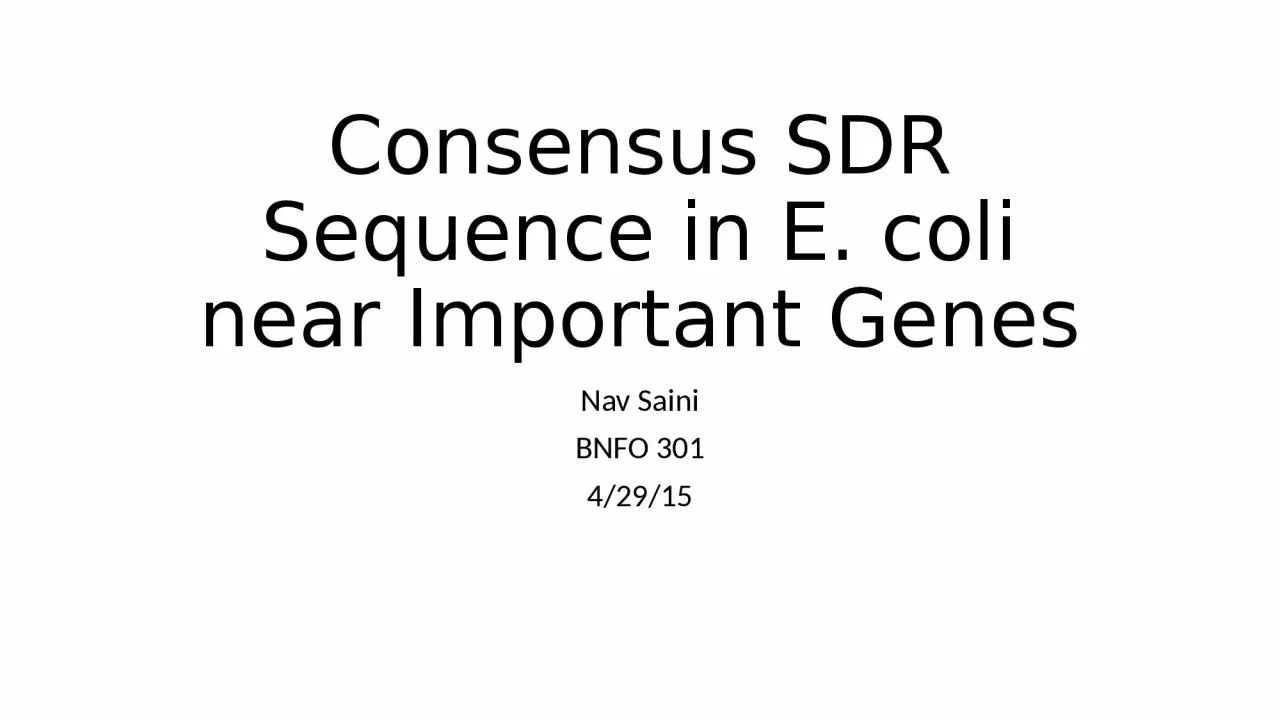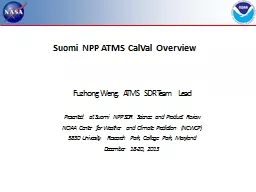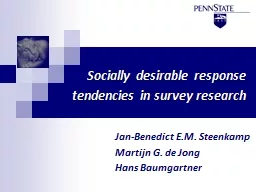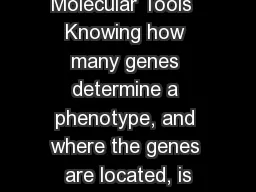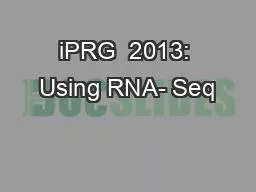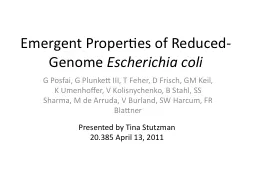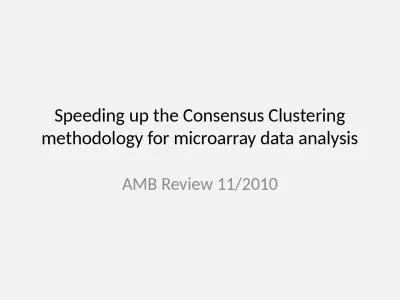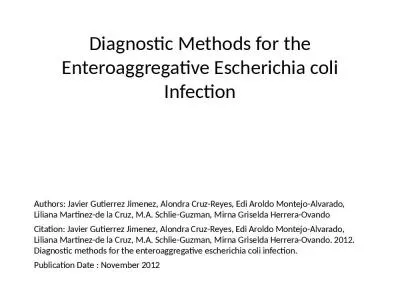PPT-Consensus SDR Sequence in E. coli near Important Genes
Author : roxanne | Published Date : 2024-02-03
Nav Saini BNFO 301 42915 Short Dispersed Repeats Repeating Nucleotide Sequences with gaps in between Not seen as often as tandem repeats FIG 1 Sequence Assembly
Presentation Embed Code
Download Presentation
Download Presentation The PPT/PDF document "Consensus SDR Sequence in E. coli near I..." is the property of its rightful owner. Permission is granted to download and print the materials on this website for personal, non-commercial use only, and to display it on your personal computer provided you do not modify the materials and that you retain all copyright notices contained in the materials. By downloading content from our website, you accept the terms of this agreement.
Consensus SDR Sequence in E. coli near Important Genes: Transcript
Download Rules Of Document
"Consensus SDR Sequence in E. coli near Important Genes"The content belongs to its owner. You may download and print it for personal use, without modification, and keep all copyright notices. By downloading, you agree to these terms.
Related Documents

